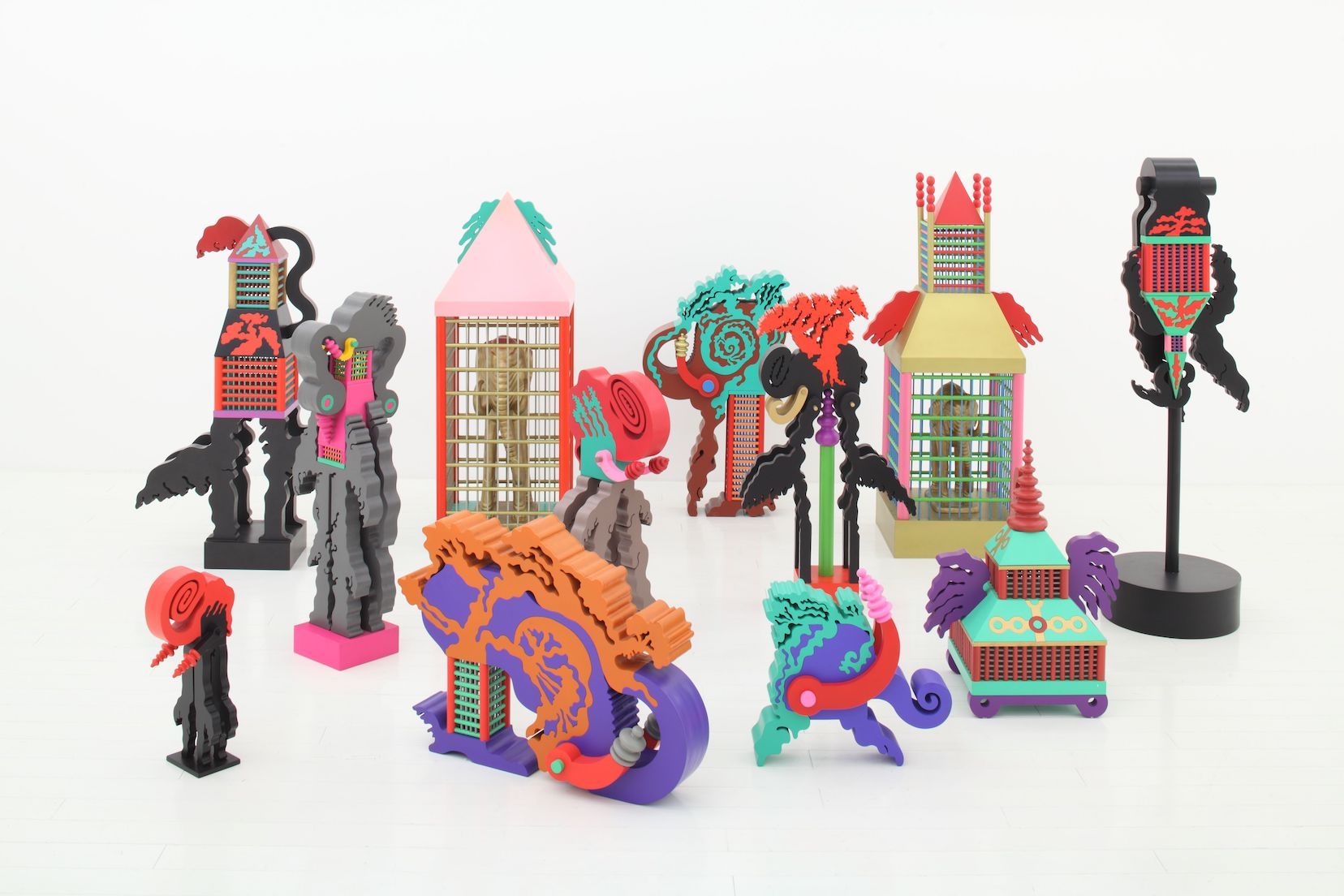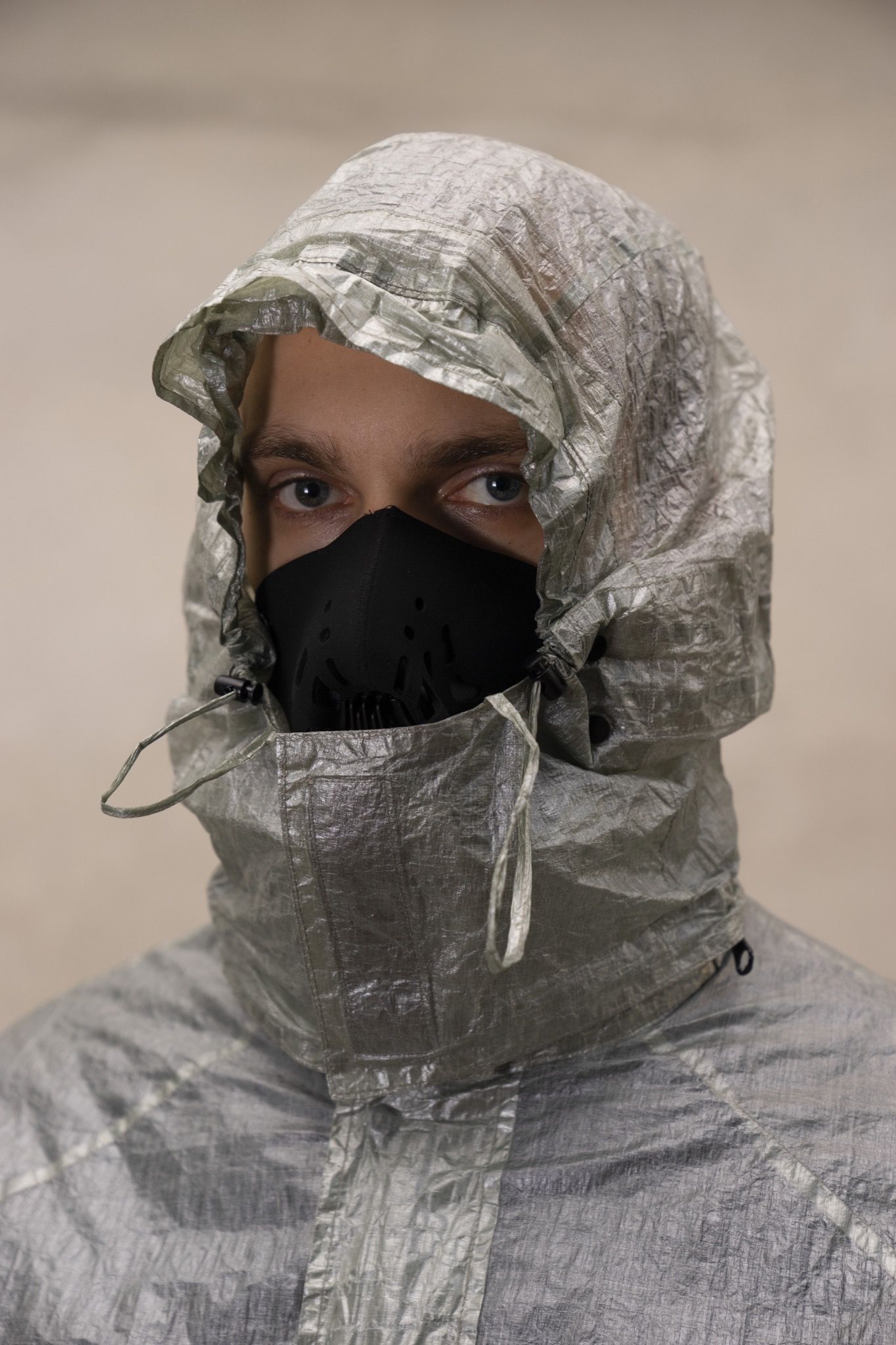“More of the Same”: Kvadrat CEO ANDERS BYRIEL on the Future of Feeling
Founded in 1968, a year lauded as the birthdate of radical design, Danish textile manufacturer Kvadrat is an enigmatic super-power. They work exclusively in outside creative partnerships, utilizing relationships with Raf Simons, Peter Saville, Thomas Demand, Olafur Eliasson, as well as other designers and artists to create an output that leads the high-end fabric sector. This mode of production seems hatched for the collaboration-crazed zeitgeist of the network age. But in fact Kvadrat has been operating this way for decades. This must be why the company’s CEO and second-generation owner Anders Byriel has a post-it on his desk that reads: “More of the same.”
Byriel speaks to ta sitting on a patch of grass outside the company headquarters in Ebeltoft. He explains that “More of the same” is a mandate for thinking of innovation as a process of going deeper as opposed to going newer. The whimsical Dane, who is also an art collector, balks at the proposal that he is a type of curator. He suggests instead that his relationship with contemporary art is a way to stress-test the potential of his business. In a world dominated by the further development of audio-visual technology, Byriel finds himself at the forefront of what the future of the world will feel like.
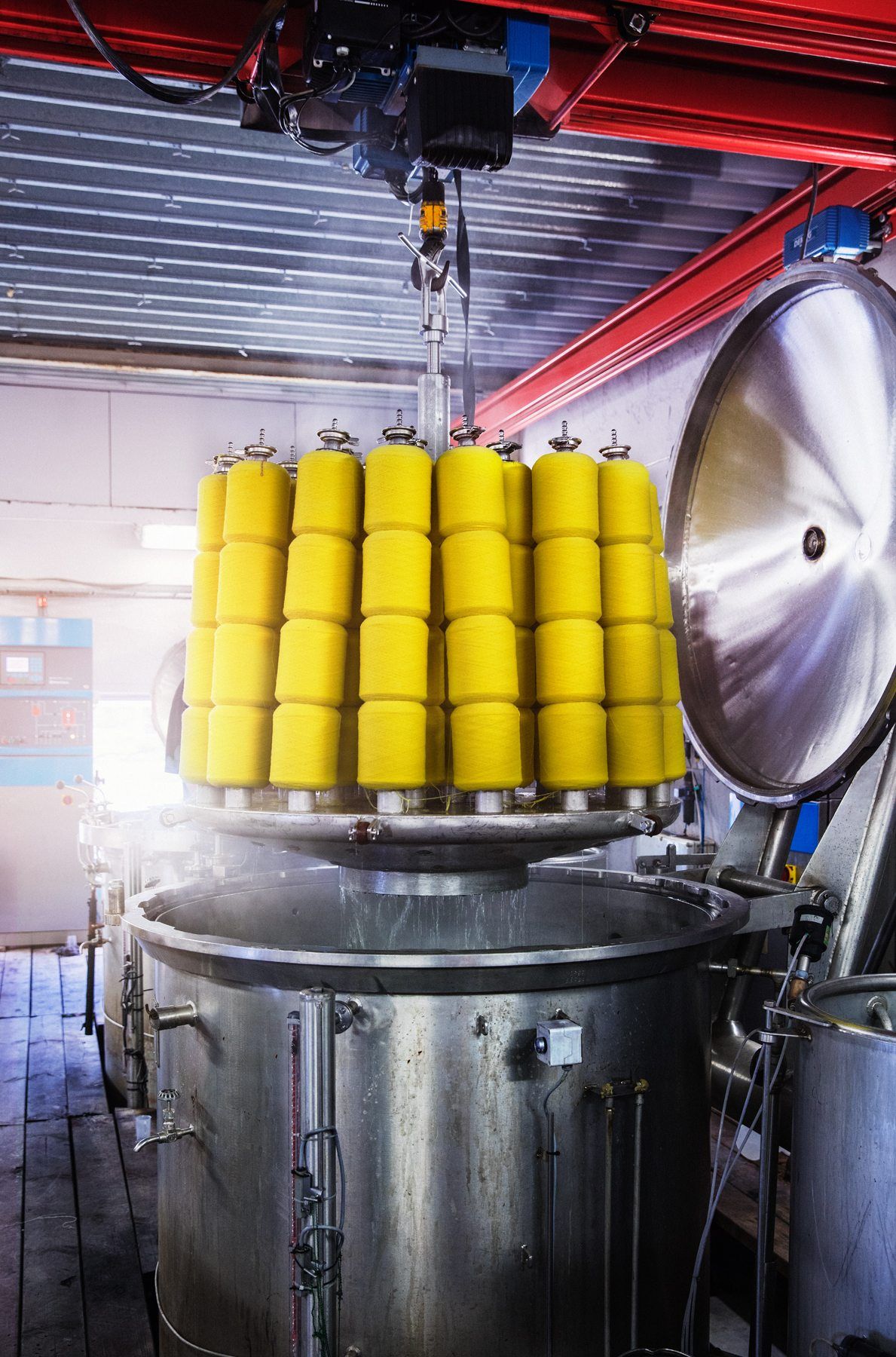
THOM BETTRIDGE: Recently, I was standing in the Metropolitan Museum in New York in front of this enormous, ornate, almost pixelated Persian rug, and I found myself thinking, “Wow, this was 1080p before electricity.” Would you say that textiles presupposed the digital age?
ANDERS BYRIEL: Textiles were born out of the industrialization. It was the first industry. But I think there is a certain tension in the digital age. The digital is a reality that I think is going to create better lives, but I think as we go digital we are given a new need for tactility – for sensing some kind of physicality. With a lot of our young designers, we’re sensing an obsession and excitement for materiality.
There are so many ancient techniques still being used in the textile industry. But how does a designer utilize them in a way that doesn’t feel folksy?
It’s a longer journey. For example, with Raf Simons, we invented certain types of new yarns – you actually do the work from the absolute core. But if you think about a technique like ikat – which is an ancient technique from Indonesia and Japan – the results you get are very, very complicated. The most precious and expensive Japanese textiles are done this way, but when you industrialize it, things get lost on the way. It becomes a little more generic. You lose a certain sensitivity when you take it from craft to industry.
Does that complicate your role? As a businessman, you thrive on efficiency. But imperfection is also a source of value in textiles.
This might be our next journey. Perfection is not actually linked so much to economy as performance and repeatability, consistency. With Raf, it was turning back in a way, because inventing and creating these yarns was a way of becoming less industrial. There is also a drive by premium industry to do things that have an okay price. We’ve been trying to stay a little bit outside of that with Raf: Let’s just do something that’s very beautiful and then we’ll find out what the price would be afterwards. That’s not really how it works in 2016.
What has working with a fashion designer taught you about your own industry?
Raf and us slowly got closer and closer to each other. And the more I looked at his work, and he looked at Kvadrat, we realized we are really very close in how we see the world. That’s been part of the excitement. Raf showed us how far you can go with textiles. He was taking us further. For Raf, it was a very intense phase because of how the wheel is turning, but it’s also a space of a lot of craft and knowledge, very deep knowledge that survived in the high fashion and haute couture pocket. The collaboration widened our perspective in terms of what you can actually do. The products we’ve done with him are very different – which is why they’re so exciting in an interior context. They’re coming from fashion. It’s another way of working, another ecosystem.
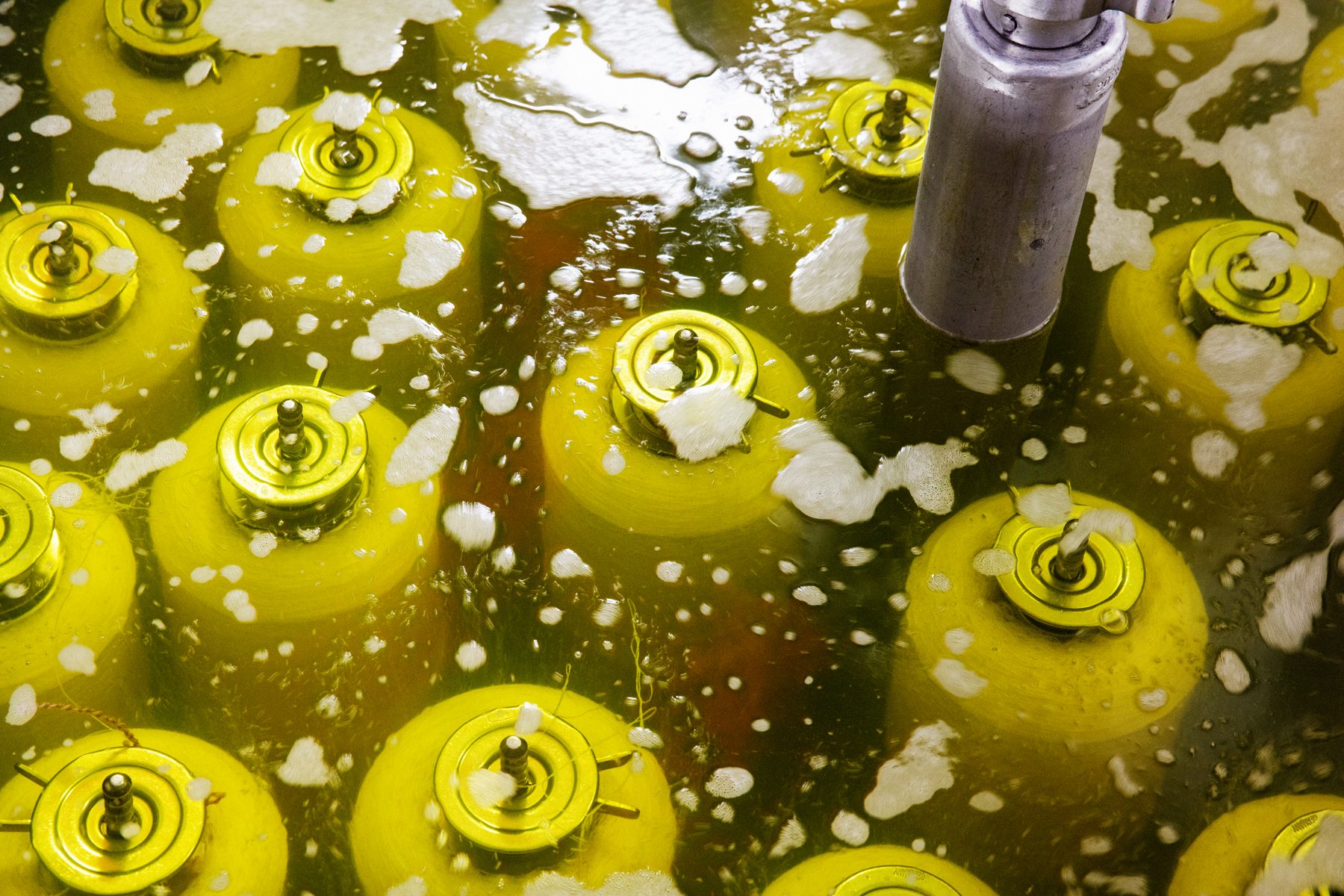
You see collaborations between different brands and companies becoming very popular in the world of fashion. But in a way Kvadrat has been very focused on collaborations for a very long time.
That’s how we’ve worked since the company was born in 1968. We see the group of people we work with a little bit like a good publishing house, or a really good gallery. Everything we do is always with someone outside of Kvadrat. We don’t have a single product that’s made by just Kvadrat Design. So when we’re doing 20 products a year, they’re all collaborations.
So it’s almost like being a curator.
Yes, but you have to work harder, because they’re co-productions. There’s also pressure on us: We need to deliver something extraordinary. Diving into contemporary art, we’ve always had a lot of relations and historically quite some collaborations, but it’s just intensified at the moment. The connection to us is materiality, and we don’t really want to be a part of it if we can’t help make it better. Helping Rosemarie Trockel get a certain type of wool she needed for her show at the Museum Ludwig, working with Thomas Demand on very advanced printing for his Städel Museum exhibition, or working with Cally Spooner – we just want to help the artists make even better work. And it’s something that makes us smarter. The printing we did with Thomas for Städel was just on the edge of what’s possible. He took us to the borders of our capabilities.
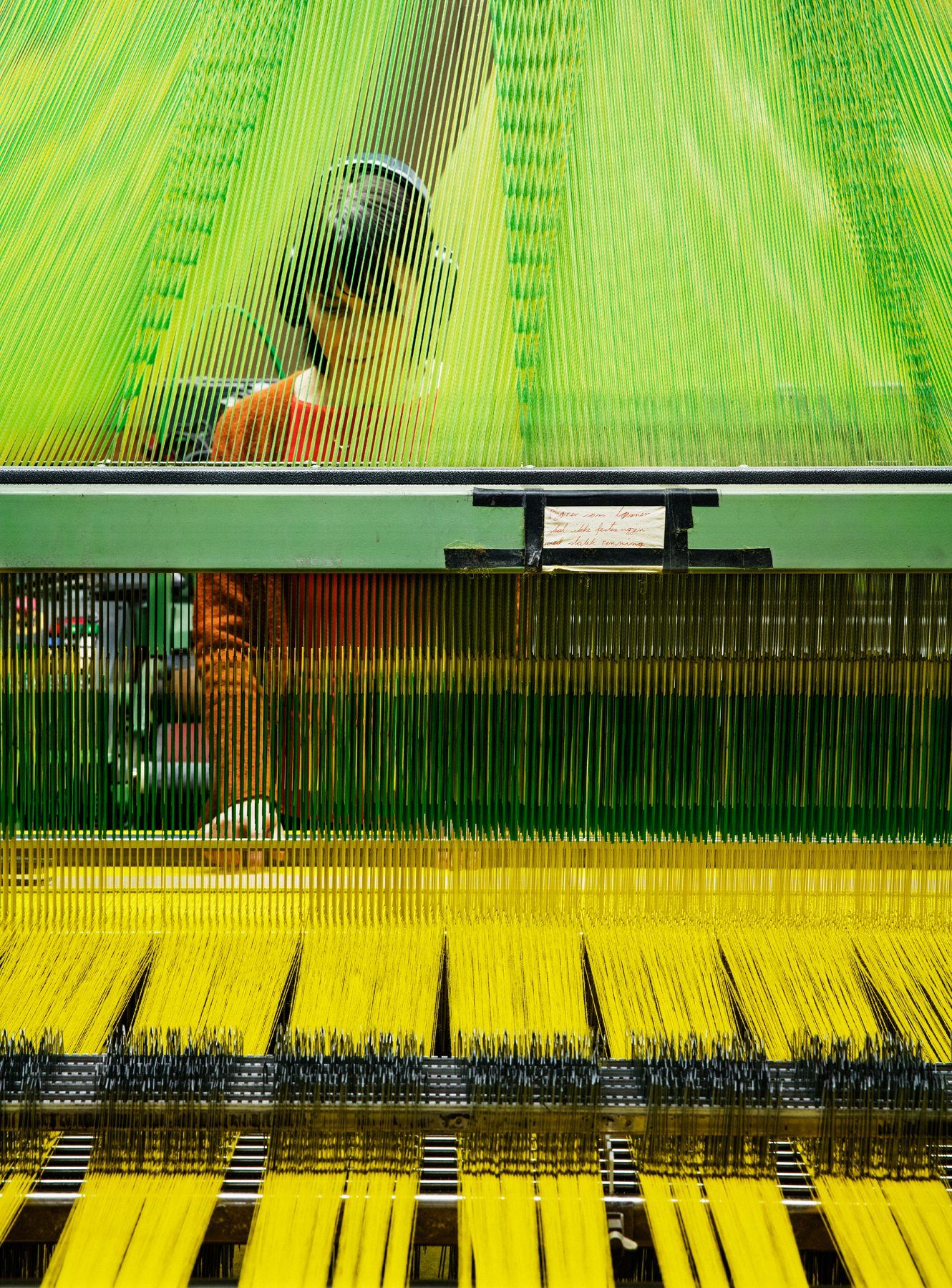
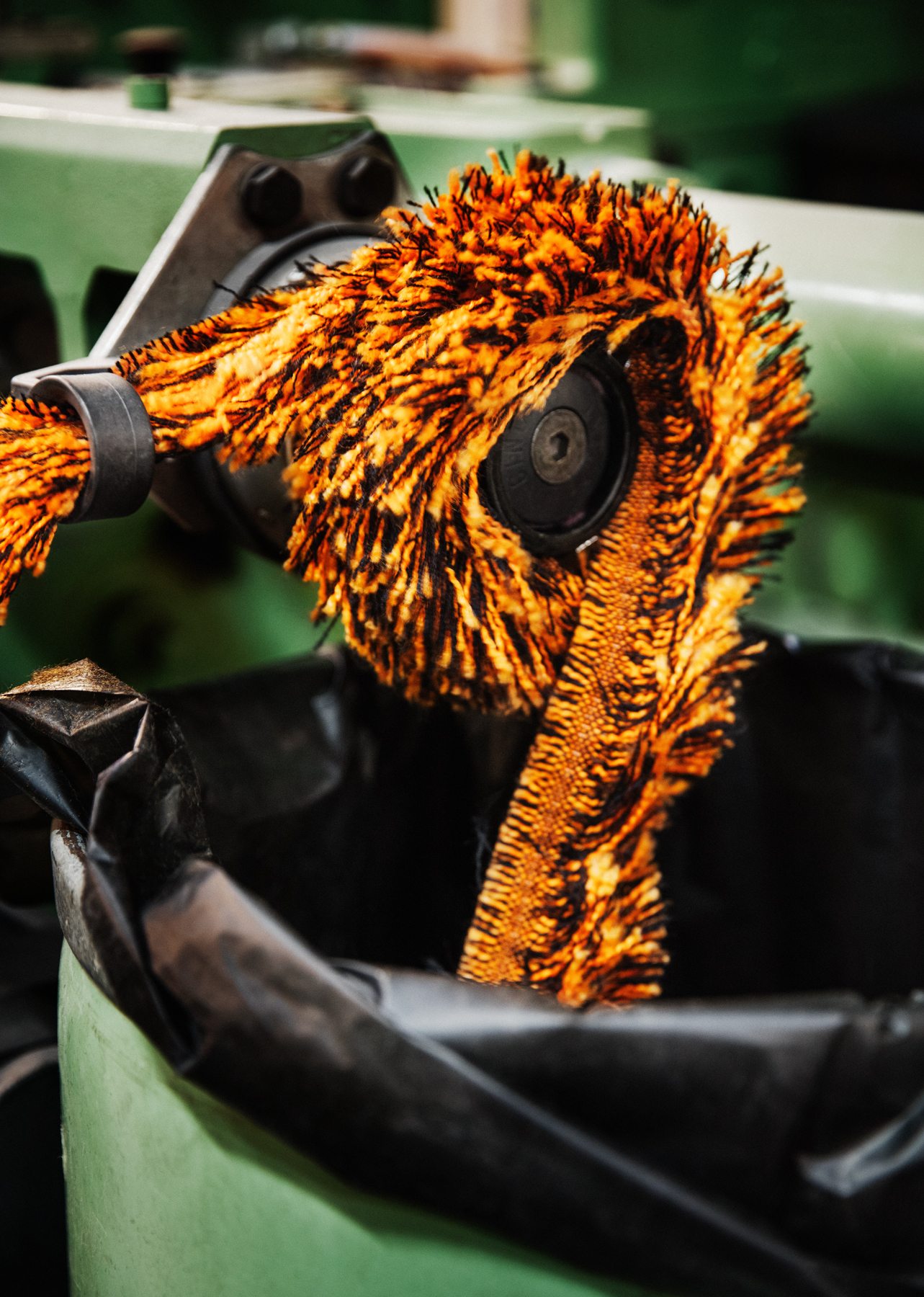
So in a sense contemporary art serves as the research and development wing of your company.
Yes, because if you look at interior design itself, it literally moves in circles. I think that’s why Raf moved from interior design to fashion. The field has become relatively uniform, and over time it’s become less exciting.
Jean Baudrillard’s The System of Objects came out the same year Kvadrat was founded. It describes modernist interiors as a radical break with the old school, pre-war interiors that were are all about fencing people in and distorting their subjectivity. But now the open floor plan and mid-century furniture are the gold standard of bourgeois living. As a leader in this industry driven by good taste, how do you stay radical?
I think being a good citizen environmentally is how we will stay radical. Being radical means helping change the world. And we have plans to do it. This year we are going to launch some very exciting things in this area. We’re trying to reinvent a certain part of the industry, creating closed loops of production that go beyond sustainability. It will be a circular economy, an endless cycle in which you can stop producing certain materials because you can keep reusing them. That will also bring another feel, and another look, that people will hopefully embrace.
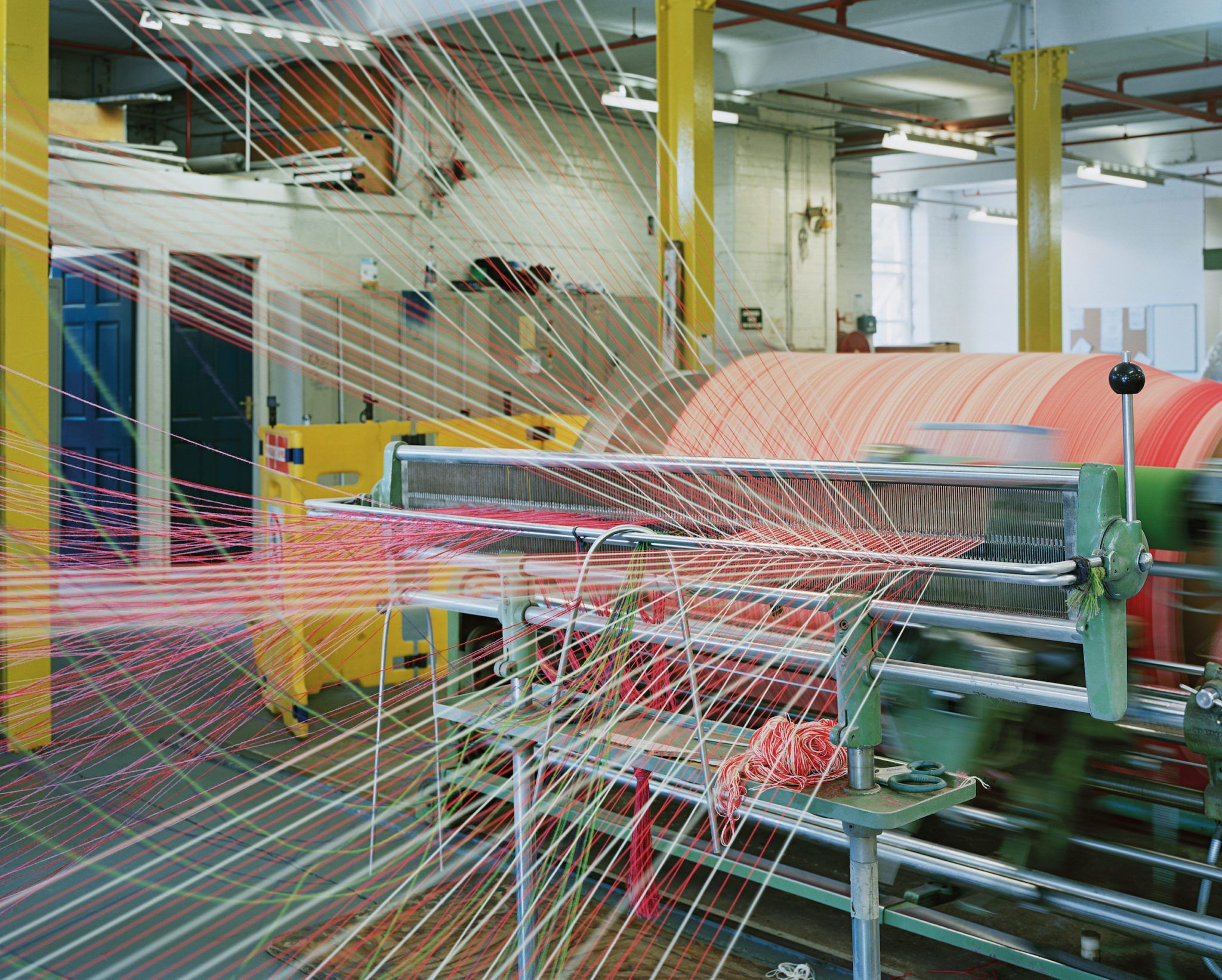
Aesthetically that relates to this idea of imperfection. Something recycled embeds an element of uncertainty into a slick, modernist surface.
With sustainable practices, you can actually create more value out of a used product. I love that it brings a history with it. Our other track point of imperfection is building manufacturing facilities that are far more flexible and geared towards creating more niche things. Unfolding the mass-industrialized product in search of a less homogenous and generic one.
